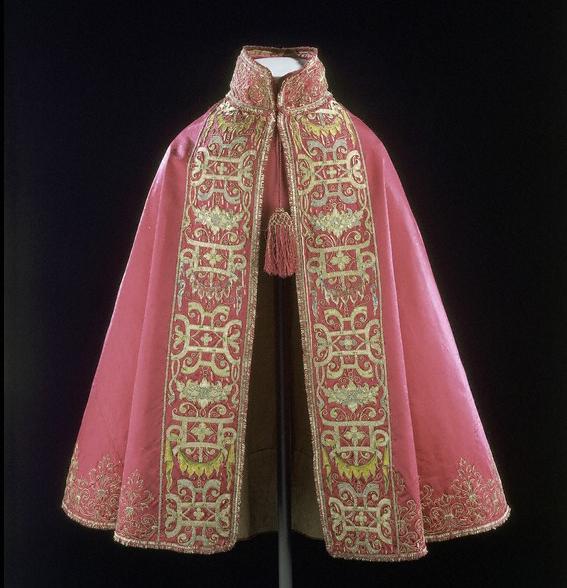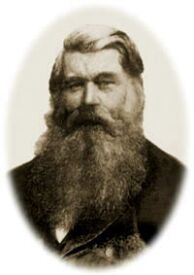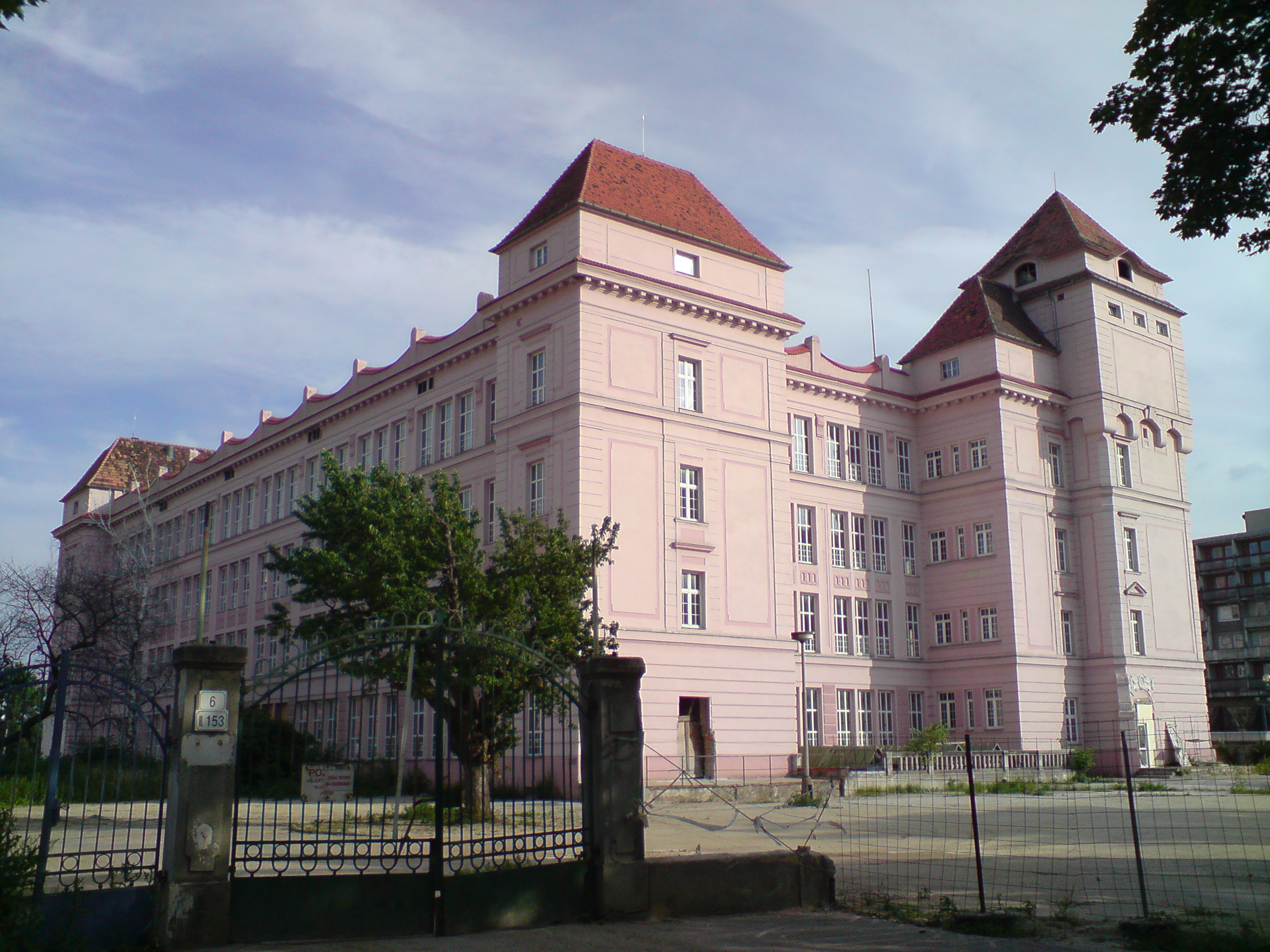|
Texturizing
Texturising or texturizing is the process by which synthetic fibres are modified to change their texture - the physical appearance of the fibre. Texturising techniques can include bulking (where thermoplastic fibres are twisted, heat set and untwisted), crimping and coiling, amongst others. Texturising takes advantage of the thermoplastic nature of synthetic fibres, and uses it to set texturised features in place. Fibres may be texturised to improve the fibre's insulation properties (as processes like bulking allow it to trap air better), to minimise a shiny, synthetic-looking appearance, to reduce the silky nature of the fibre, or to create special effects (fancy yarns). These modifications will also affect the eventual fabric, and fibres may be folded, looped, coiled or crinkled in order to improve the drape, appearance, luster, warmth, elasticity or handle of the finished fabric. Texturising can reduce the "synthetic" appearance of a finished fabric, bringing its appearance cl ... [...More Info...] [...Related Items...] OR: [Wikipedia] [Google] [Baidu] |
Aesthetics (textile)
Aesthetics in textiles is one of the basic concepts of serviceability of textiles. It is determined by the perception of touch and sight. Aesthetics imply the appearance and attraction of textile products; it includes the color and texture of the material. It is a statement about the end user (consumer) and the target market. When combined with fabric construction, the finish of the clothing material, garment fit, style, and fashion compatibility, colours create an aesthetic comfort. All of these elements work together to satisfy our visual perception. Aesthetics incorporates the role of evaluation (analysing and judging) also. There are various arts and applications that imparts aesthetic properties in textiles. Additionally, the use of LEDs and optical fibres enables the creation of aesthetic properties such as illuminated textiles. History From antiquity until the eighteenth century, the majority of textiles were crafted and decorated by hand. Human ingenuity and the u ... [...More Info...] [...Related Items...] OR: [Wikipedia] [Google] [Baidu] |
Synthetic Fibres
Synthetic fibers or synthetic fibres (in British English; see spelling differences) are fibers made by humans through chemical synthesis, as opposed to natural fibers that are directly derived from living organisms, such as plants (like cotton) or fur from animals. They are the result of extensive research by scientists to replicate naturally occurring animal and plant fibers. In general, synthetic fibers are created by extruding fiber-forming materials through spinnerets, forming a fiber. These are called synthetic or artificial fibers. The word polymer comes from a Greek prefix "poly" which means "many" and suffix "mer" which means "single units". (Note: each single unit of a polymer is called a monomer). Early experiments The first fully synthetic fiber was glass. Joseph Swan invented one of the first artificial fibers in the early 1880s; today it would be called semisynthetic in precise usage. His fiber was drawn from a cellulose liquid, formed by chemically modifying th ... [...More Info...] [...Related Items...] OR: [Wikipedia] [Google] [Baidu] |
Fibre
Fiber or fibre (from la, fibra, links=no) is a natural or artificial substance that is significantly longer than it is wide. Fibers are often used in the manufacture of other materials. The strongest engineering materials often incorporate fibers, for example carbon fiber and ultra-high-molecular-weight polyethylene. Synthetic fibers can often be produced very cheaply and in large amounts compared to natural fibers, but for clothing natural fibers can give some benefits, such as comfort, over their synthetic counterparts. Natural fibers Natural fibers develop or occur in the fiber shape, and include those produced by plants, animals, and geological processes. They can be classified according to their origin: *Vegetable fibers are generally based on arrangements of cellulose, often with lignin: examples include cotton, hemp, jute, flax, abaca, piña, ramie, sisal, bagasse, and banana. Plant fibers are employed in the manufacture of paper and textile (cloth), and dietar ... [...More Info...] [...Related Items...] OR: [Wikipedia] [Google] [Baidu] |
Thermoplastic
A thermoplastic, or thermosoft plastic, is any plastic polymer material that becomes pliable or moldable at a certain elevated temperature and solidifies upon cooling. Most thermoplastics have a high molecular weight. The polymer chains associate by intermolecular forces, which weaken rapidly with increased temperature, yielding a viscous liquid. In this state, thermoplastics may be reshaped and are typically used to produce parts by various polymer processing techniques such as injection molding, compression molding, calendering, and extrusion. Thermoplastics differ from thermosetting polymers (or "thermosets"), which form irreversible chemical bonds during the curing process. Thermosets do not melt when heated, but typically decompose and do not reform upon cooling. Above its glass transition temperature and below its melting point, the physical properties of a thermoplastic change drastically without an associated phase change. Some thermoplastics do not fully crystallize ... [...More Info...] [...Related Items...] OR: [Wikipedia] [Google] [Baidu] |
Coiling
A coiling or coil is a curve, helix, or spiral used for storing rope or cable in compact and reliable yet easily attainable form. They are often discussed with knots. Mountaineer's coil The mountaineer's coil (also alpine coil, climber's coil, lap coil, or standing coil) is a traditional method used by climbers to store and transport a climbing rope. This older style coil is noted as being more prone to twists and tangles than the butterfly coil, and care must be taken upon uncoiling to avoid these problems. Tying method Begin by taking hold of the rope in one hand with its end facing you. Coil the rope in arm's length sections with your free hand (extending it away from the other as far as it will reach to ensure each segment is of equal length as it is gathered). Alternate tucking the new gather in front and behind the previous coil to avoid putting a half-turn in the rope with each coil. When the last segment is reached form a short bight atop the gathered rope with i ... [...More Info...] [...Related Items...] OR: [Wikipedia] [Google] [Baidu] |
Fabric
Textile is an umbrella term that includes various fiber-based materials, including fibers, yarns, filaments, threads, different fabric types, etc. At first, the word "textiles" only referred to woven fabrics. However, weaving is not the only manufacturing method, and many other methods were later developed to form textile structures based on their intended use. Knitting and non-woven are other popular types of fabric manufacturing. In the contemporary world, textiles satisfy the material needs for versatile applications, from simple daily clothing to bulletproof jackets, spacesuits, and doctor's gowns. Textiles are divided into two groups: Domestic purposes onsumer textilesand technical textiles. In consumer textiles, aesthetics and comfort are the most important factors, but in technical textiles, functional properties are the priority. Geotextiles, industrial textiles, medical textiles, and many other areas are examples of technical textiles, whereas clothing and ... [...More Info...] [...Related Items...] OR: [Wikipedia] [Google] [Baidu] |
Luster (textiles)
In textiles, lustre or luster is a physical property that makes them appear bright, glossy, and shiny. The amount of light reflected from the surface of a fiber is referred to as its luster.The level of luster is determined by how light reflects off the surface. For example, round surfaced fiber reflects more light and appears shinier than fiber with an irregular surface. Synthetic fibers with a more regular surface seem brighter than natural fibers with an irregular surface, with the exception of silk, which has a regular surface. Objective Luster is the degree of gloss or sheen possessed by the fiber or textile surface. Luster adds aesthetic values in fabrics, contributes to their attractiveness. Occasionally, this adds value to their quality assessment. In some cases, when lustre is undesirable, fibres are purposefully dulled by the addition of substances. Factors Factors affecting ''lustre (the way light reflects)'' lie with fiber properties, but various processes can a ... [...More Info...] [...Related Items...] OR: [Wikipedia] [Google] [Baidu] |
Finishing (textile)
In textile manufacturing, finishing refers to the processes that convert the woven or knitted cloth into a usable material and more specifically to any process performed after dyeing the yarn or fabric to improve the look, performance, or "hand" (feel) of the finish textile or clothing. The precise meaning depends on context. Fabric after leaving the loom or knitting machine is not readily useable. Called grey cloth at this stage, it contains natural and added impurities. Sometimes it is also processed at fiber or yarn stages of textile manufacturing. Grey fiber or yarn or fabric goes through a series of processes such as wet processing and finishing. Finishing is a broad range of physical and chemical treatments that complete one stage of textile manufacturing and may prepare for the next step, making the product more receptive to the next stage of manufacturing. Finishing adds value to the product and makes it more attractive, useful, and functional for the end-user. Improvin ... [...More Info...] [...Related Items...] OR: [Wikipedia] [Google] [Baidu] |
Cross Section (fiber)
The cross section depicts the shape of the various textile fibers. Each textile fiber offers a distinct cross sectional appearance when seen under a microscope. The shapes vary from round to oval and flat, different shapes determines certain characteristics of the textiles. Though the majority of synthetic fibers have a circular cross section, but the shape could be altered or engineered during the manufacturing process. The cross-sectional shape is responsible for certain physical properties of textile fibers such as the luster of textiles. Significance The cross-section of a fiber has an effect on the appearance, hand, drape, flexibility, and moisture wicking properties.The cross sectional shape or form of the fibers specifies their texture. Numerous physical characteristics such as hand, bulkiness, and luster are associated with cross sectional shape. Synthetic fibers with a more regular surface seem brighter than natural fibers with an irregular surface, with the exception ... [...More Info...] [...Related Items...] OR: [Wikipedia] [Google] [Baidu] |
Textile Industry
The textile industry is primarily concerned with the design, production and distribution of yarn, cloth and clothing. The raw material may be natural, or synthetic using products of the chemical industry. Industry process Cotton manufacturing Cotton is the world's most important natural fibre. In the year 2007, the global yield was 25 million tons from 35 million hectares cultivated in more than 50 countries. There are five stages of cotton manufacturing: * Cultivating and Harvesting * Preparatory Processes * Spinning — giving yarn * Weaving — giving fabrics * Finishing — giving textiles Synthetic fibres Artificial fibres can be made by extruding a polymer, through a spinneret (polymers) into a medium where it hardens. Wet spinning (rayon) uses a coagulating medium. In dry spinning (acetate and triacetate), the polymer is contained in a solvent that evaporates in the heated exit chamber. In melt spinning (nylons and polyesters) the extruded polymer is cooled in gas or ... [...More Info...] [...Related Items...] OR: [Wikipedia] [Google] [Baidu] |






.jpg)

